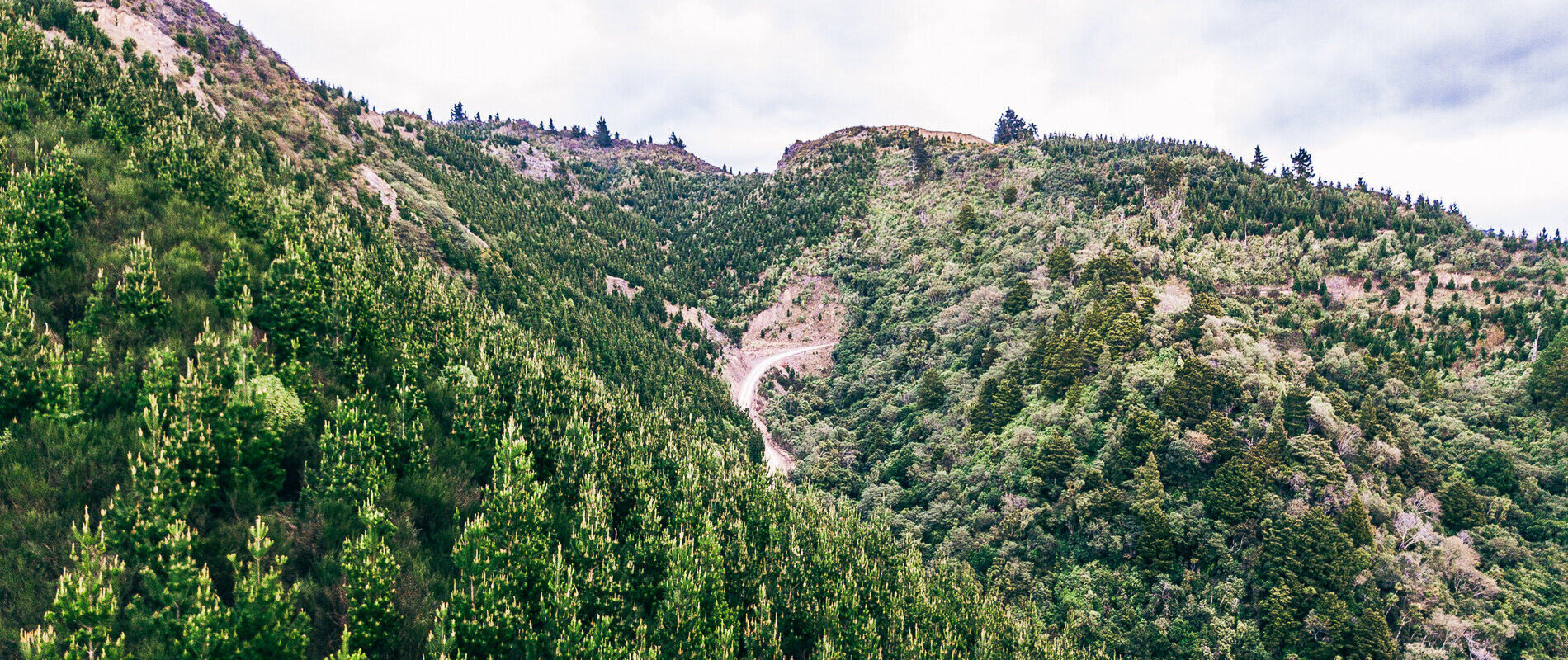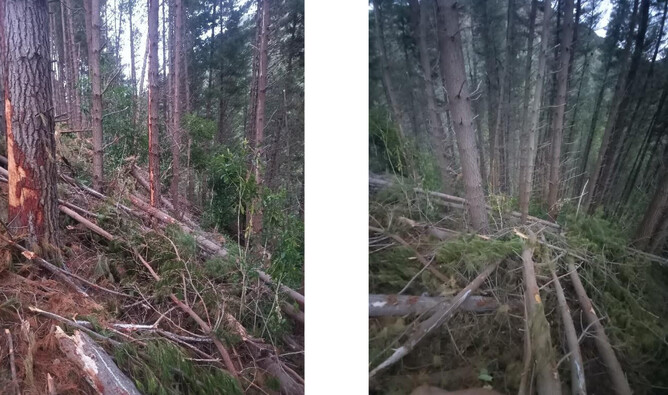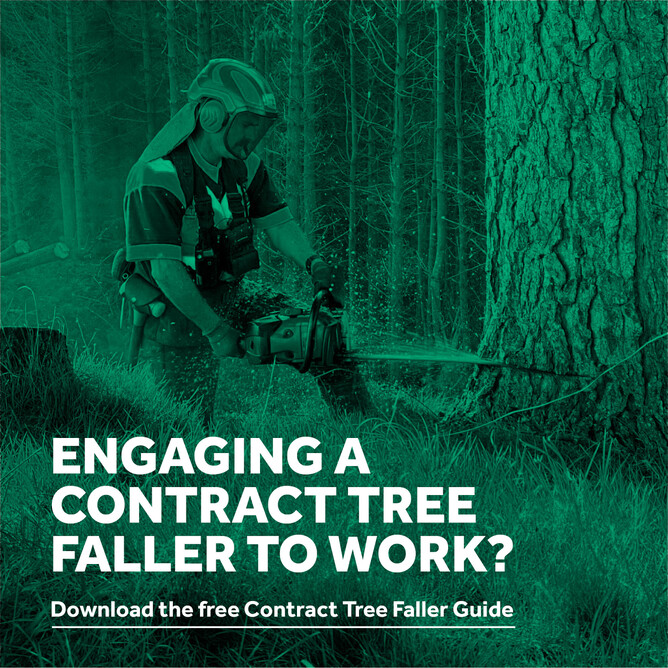We received this write up from Erik Wardrop who is a manual tree faller (Mohua Forestry & Environmental Services Ltd). In this case Erik flagged concerns about manually falling an area with a very high percentage of standing dead trees and spars with some old windthrow. Some of the questions asked in his write up are covered in the Contract Tree Faller Guide. Read more below.
Manual Tree falling is one of the highest risk jobs in our industry. This Safety Alert is a reminder of ways to keep the risk of injury or death to those involved in manual falling to a manageable level and stimulate some constructive discussion around this.
Recently a contract tree faller had to pull out of a setting that was too dangerous to fell. The particular area within the stand that had been designated in the planning process to be manually felled had a very high percentage of standing dead trees and spars with some old windthrow.
As the faller walked through the stand assessing the planed work area for hazards, he started to feel very uncomfortable with the level of risk he was being exposed to. He radioed the crew foreman to say he wasn’t comfortable falling this piece of bush.
The Faller grovelled back out and assisted the foreman with another task for the remainder of the day and discussed the manual falling with the foreman, the faller said the piece needed to be mechanically felled.
The crew foreman stated that it wasn’t planned to be mech felled due to the lack of run out at the bottom and the falling machine needing to go chase production at the next block. Could it be felled with an observer? I could come in and we could fall tank for tank.
The contract faller said he would be ok falling a little bit of it with an observer leaving the worst of the dead standing piece for the falling machine along with the top strip that the falling machine had left full of heads partially uprooted trees.
The next day that the faller was available to fall trees at the crew a qualified tree faller was assigned to be the observer for the difficult piece in question.
In the morning discussion the contract faller was told to do what they can then go home. After four hours of falling the faller felt they had done all they could do safely, and the loss of earnings was a small price to pay for the faller to go home to his family without incident.
The Faller wasn’t consulted during the planning process and the first time seeing the stand was walking down through the stand to start falling.
This is quite a common practice and when those that walk the stand as part of the initial planning process have the fallers safety as their number one priority there is rarely any issues.
There are a lot of crews that do an excellent job planning how the interaction between mech or manual falling is going to keep risk to a manageable level, however there is still too many that fail to provide manual fallers with as safe a work environment as possible.
What checks should we be doing to ensure were not exposing manual fallers to unnecessary levels of risk?
Has the stand been walked and hazards identified?
Can all of the stand be mechanically felled?
Is mechanical felling going to create more hazards for other operations? I.e. heads lost stems damaged trees in bush adjacent to mech felling. High stumps that could increase the chance of fouled drags in manual breaking out.
If there is going to be an interface between mech and manual felling what systems or fall direction will be planned to be in place to ensure no additional hazards are created in the manual fall pieces?
What check in system/frequency for lone workers is going to be used how will this be documented? This is still a weak point for some crews. If you don’t have the correct systems in place for check ins you can’t have anyone working alone. If you know you have manual falling to take place, have it sorted before your faller is on site.
There are some very good systems out there by far the best I’ve seen is the forestry monitor app, (thanks Tom Payne).
Has the faller been allowed the time needed to fall the setting or part of allowing for variable weather etc.?
Is the faller qualified, experienced, physically and psychologically fit for task? (Safe Tree certified)
Does the crew have a suitable person available for qualified assistance/Observing?
Does the Faller have the support to raise safety concerns and have them managed in a way that the faller is comfortable with?
Be careful when offering an observer for a difficult or dangerous piece of falling if a faller has said they are not comfortable falling something an observer can be a way of applying pressure to the faller to do something they don’t feel safe doing. An observer should be a sounding board someone that the faller can openly discuss the plan with double check or confirm the faller is approaching a situation in the safest manner.
Manual Falling can be one of the most enjoyable jobs in the forest and with the right systems and support in place it shouldn’t be any more dangerous than driving to work. Don’t make a situation anymore hazardous than it needs to be. There’s more to life than work and we all want to go home safe at the end of the day.
Supplied by:
Erik Wardrop
Manual Tree Faller, Mohua Forestry & Environmental Services Ltd





